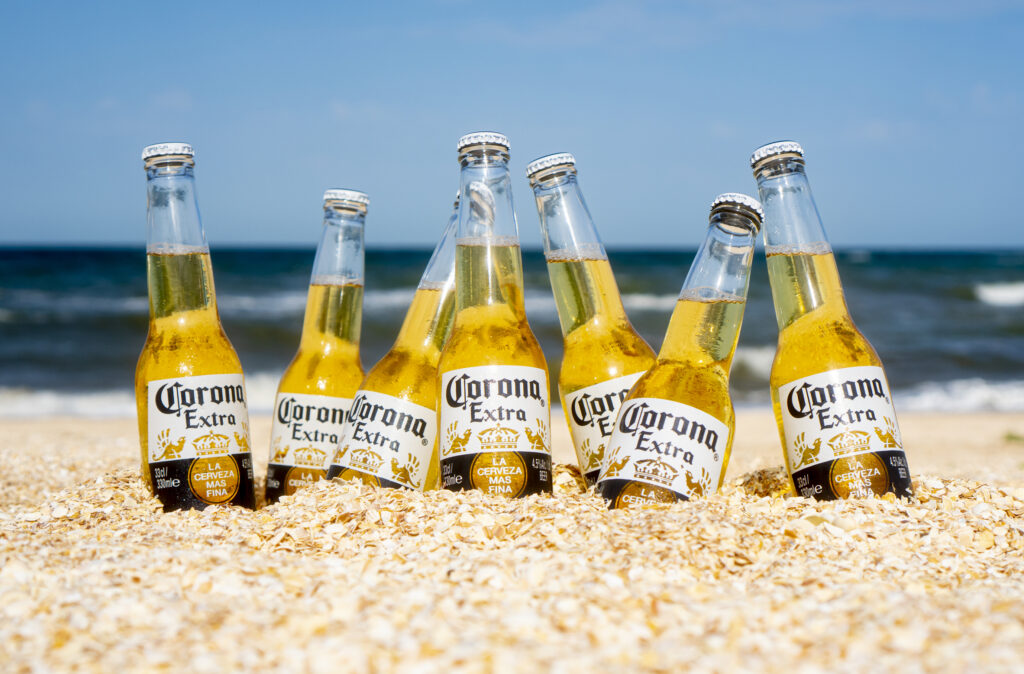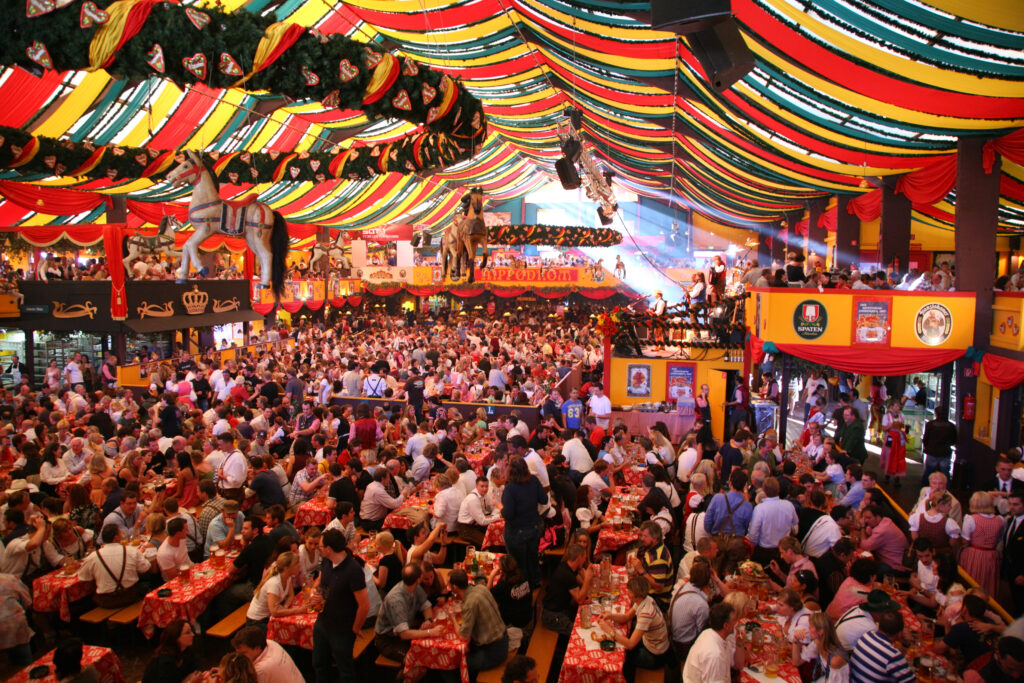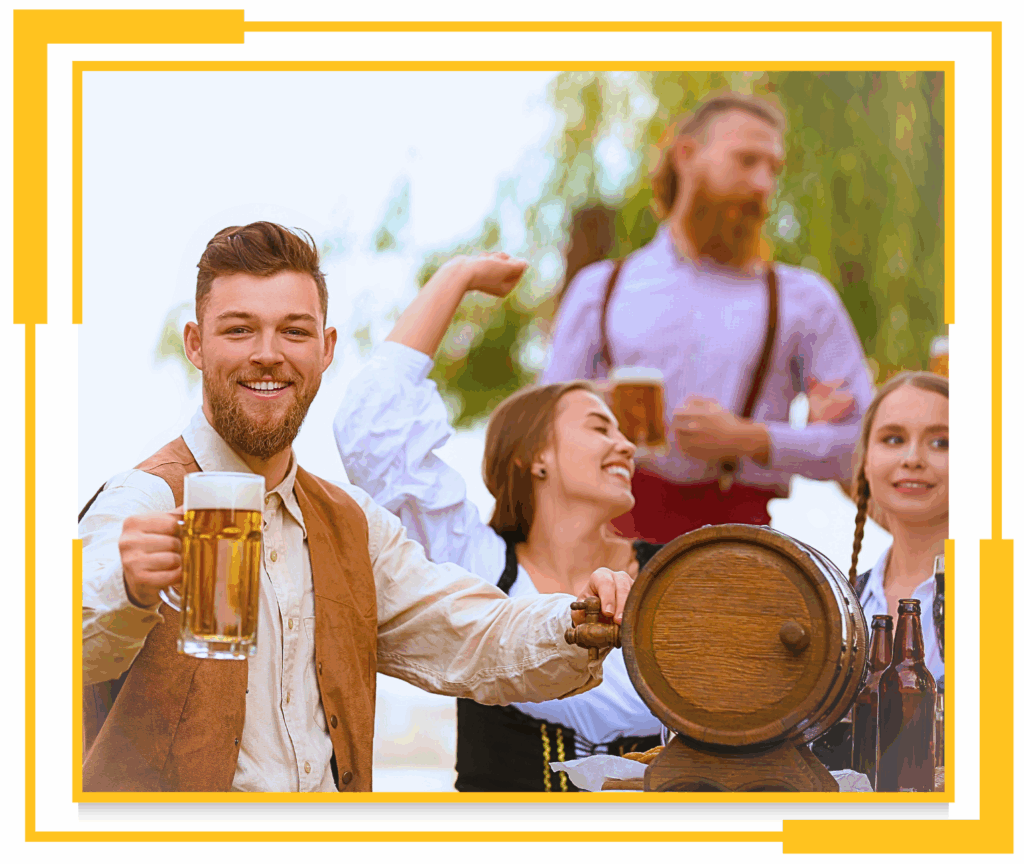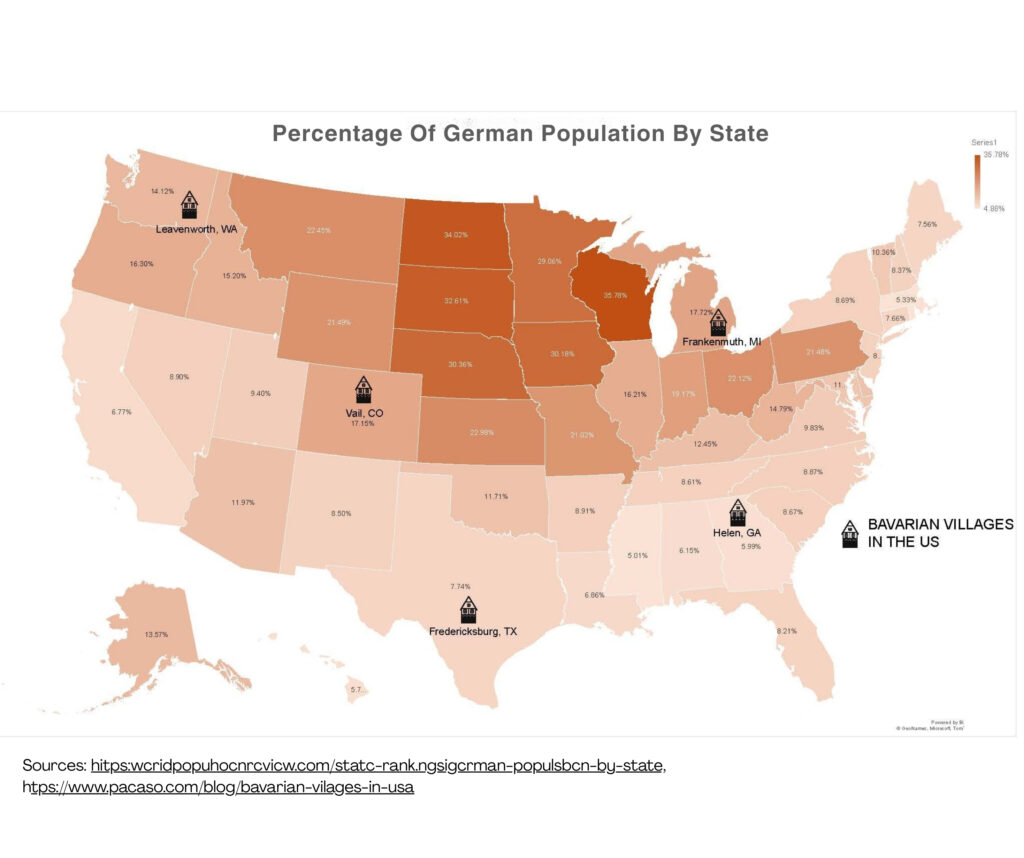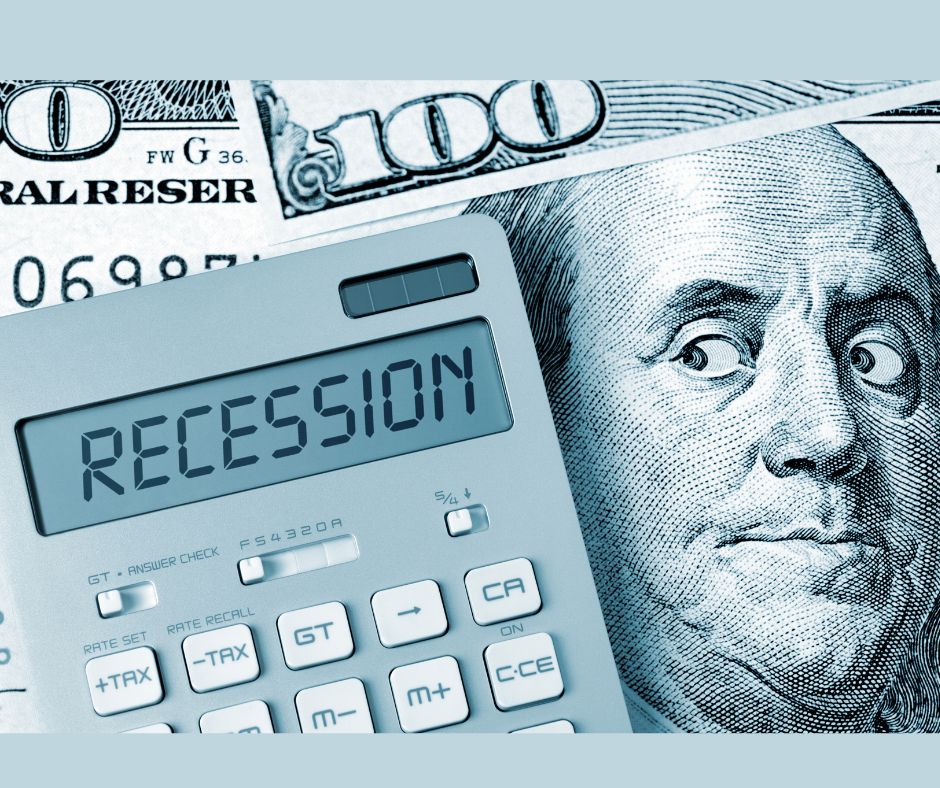Even Legacy Beverage Brands See the Value in a Brand Refresh
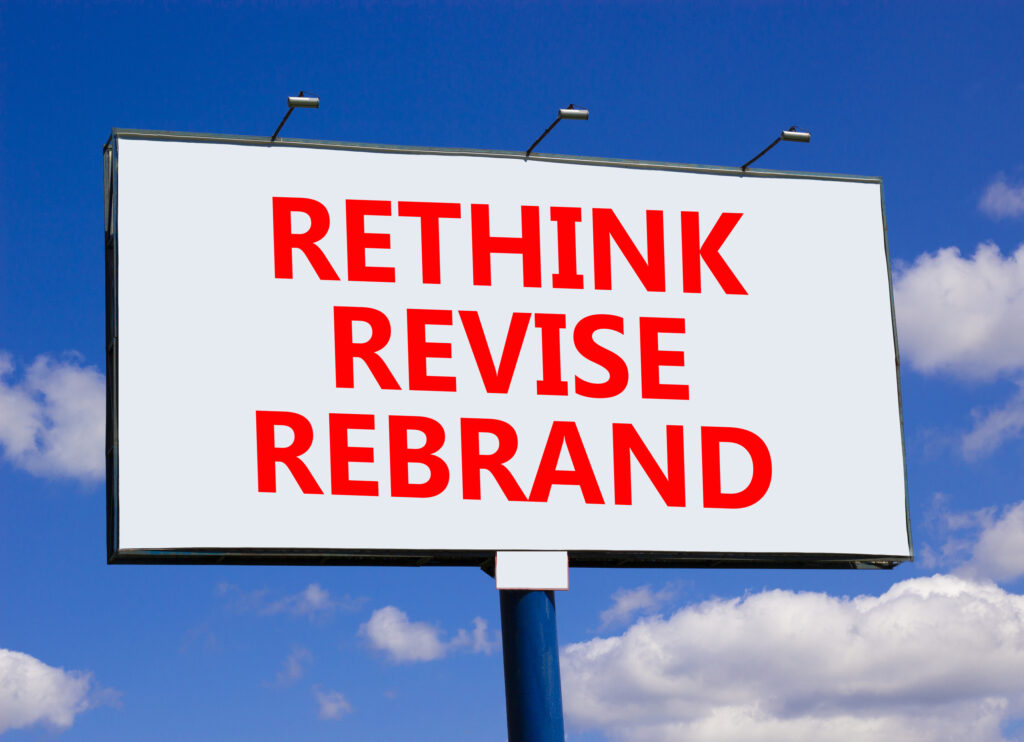
By Hanifa Sekandi
Everyone is doing it, changing their brand to look more modern or something fresh to appeal to a new consumer base. One could argue that social media made them do it. It is easy to feel the need to compete with the social media engine that never slows down. What beverage is everyone talking about now? Not your beverage, but why? This can be frustrating when you know that you offer an excellent product. At times, it seems hard to cut through the beverage marketing noise, but it is possible. As you think of ways to do so, you may have considered a rebrand. Yes, there is always room for improvement. No matter how great your brand may be performing, there is always that one thing that can boost awareness and increase sales.
Even legacy beverage brands are seeing the value in a brand refresh every few years. If you are a new brand, a rebrand should be the last thing that crosses your mind. Remember, nobody knows about you just yet, and until everyone does, consider yourself in the clear. This does not mean that you should not develop compelling marketing strategies. It simply means that you still must introduce yourself to your audience. This may take months to years, but you must stay consistent to gain brand familiarity. A slow rise to the top is sustainable. If in doubt, look at legacy brands; most of them have steadily climbed their way into the elite beverage club. Then think of brands that had their glory in the sun, fifteen minutes of fame, and now they are simply an afterthought.
When is it Time for a Rebrand?
Before you start, ask yourself, does your beverage brand need a refresh or a rebrand? A rebrand, in most cases, is a complete overhaul of your existing brand. A refresh is when you add new elements to your brand while maintaining brand familiarity. A refresh tows the line, whereas a rebrand pushes limits; it is a business risk that may benefit or hurt your brand eventually. Either way, it is a roll of the dice. Will the odds be in your beverage brand’s favor? You will not know unless you try.
For some brands, a substantial risk is not worth it, companies would rather do a brand refresh that provides new energy to their existing branding without too many risky changes. Other brands choose to undergo a rebrand, and this strategy often achieves their intended results. A rebrand often works when brands are launching a new product line. A change in ingredients of an existing beverage may prompt brands to overhaul their previous branding, highlighting that everything is different, not just the addition of cleaner ingredients, but also new sustainable packaging. For cases like this, even a logo and color change may be appropriate. Keep in mind that substantial changes also require marketing efforts to support them. You need to inform your consumer that things are different and here is why. It is an unveiling of a new product, an out with the old, in with the new moment.
The way your team approaches brand development should be consistent. Before hiring an agency, be clear on your goals. Remember, not all great ideas are great for your brand. Also, do not erase what makes your brand familiar or stand out. Particularly, know your brand voice. A couple of notable examples of gentle rebrands that fall in line with more of a brand refresh are Pepsi and Fanta.
Both refreshes perfectly married the old branding with the new and it was so seamless that unless you are a die-hard enthusiast of either beverage, you would not have noticed. The changes were subtle yet bold. You may also notice that they used a variation of their existing brand colors and slightly altered their logos.
Just a little but more than enough is a great approach to rebranding, particularly for legacy brands.
Let us say you are not a legacy brand, still relatively new, but have built a strong consumer base. Should you rebrand or should you refresh? Other than increasing sales, what is your end goal? Do you feel that a rebrand will further solidify your beverage brand as a top contender, joining ranks with a legacy brand? Are you the next Heineken? Or the next best top-shelf tequila every bar should carry? Will you lose your existing consumer? Lastly, is your brand familiar enough that making these significant changes will not confuse people who purchase your beverage? A brand refresh might be a better course of action for your brand if you are less than 10 years old.
What does a refresh entail? Adding new prints or graphics to your cans or bottles. Hopefully, when you selected brand colors, you chose different variations of green, for example, or blues that sit perfectly within your color wheel. It is okay to add pops of colors that are not signature to your brand. But the integrity of your branding should remain intact. 7Up does an excellent job using different variations of green that are signature to their brand.
The Notable Introduction
It may be time to reintroduce yourself to existing and potential new consumers. This introduction is a fantastic way to tell your story, remind your consumer why they support you and to highlight your brand to a new audience. Consider this a reintroduction, also as an introduction. Have you ever attended an event with people you know and people you do not know? The assumption is that you do not have to introduce yourself because there are people there who know you, and the rest will fill in the blanks.
The reality is that people forget things; they forget the details about people they meet regularly. I am sure you have met someone at an event and walked away and forgotten their name. You know the face but cannot seem to recall their name or pertinent details about them. If you are in beverage sales, then you will understand the value of these details. This is how every brand should view itself as a familiar face but an unrecalled name.
Never assume that people who consume your beverage have had enough of seeing you highlight the unique components of your beverage and the cultivation process. Seeing every day as an opportunity to introduce your brand, like you are the new kid on the block, will force you to keep things fresh. Just like saying hello to a friend you care about never gets old. Saying hello to your audience and reminding them who you are and what you bring to their tastebuds should be embraced.
Are You Ready to Elevate Your Branding?
Elevating your brand should not be complex. There are simple and attainable ways to highlight your beverage without doing too much rebranding. It is important to be creative. Think of ways to highlight what you already have. Isn’t it funny that people search for vintage items from their favorite brands? Do not lose sight of what is already loved by your audience. Also, do not lose your creative spark.
How can you market this beverage, which your team has already beautifully branded? Brainstorm hundreds of ways to tell your beverage’s story with your existing branding. If the opportunity arises to do a refresh or rebrand, it should feel like the next step to brand elevation rather than a thirst simply to compete. Do not chase your competitors’ story or their wins; instead, stay in your lane and run your race and celebrate your wins. It is easy to feel pressured to make changes to your branding when you see other brands do it.
Remember, you cannot see their process or the budget they have allocated for this. The majority of companies plan; therefore, what looks like a sudden rebrand may have gone through years of development. It is best to set long-term brand development goals. In the next 5 years, you may want to adjust the logo or brand colors. This will give you enough time to refine your branding and curate a rebrand that is impactful and embraced by old and new beverage enthusiasts.
